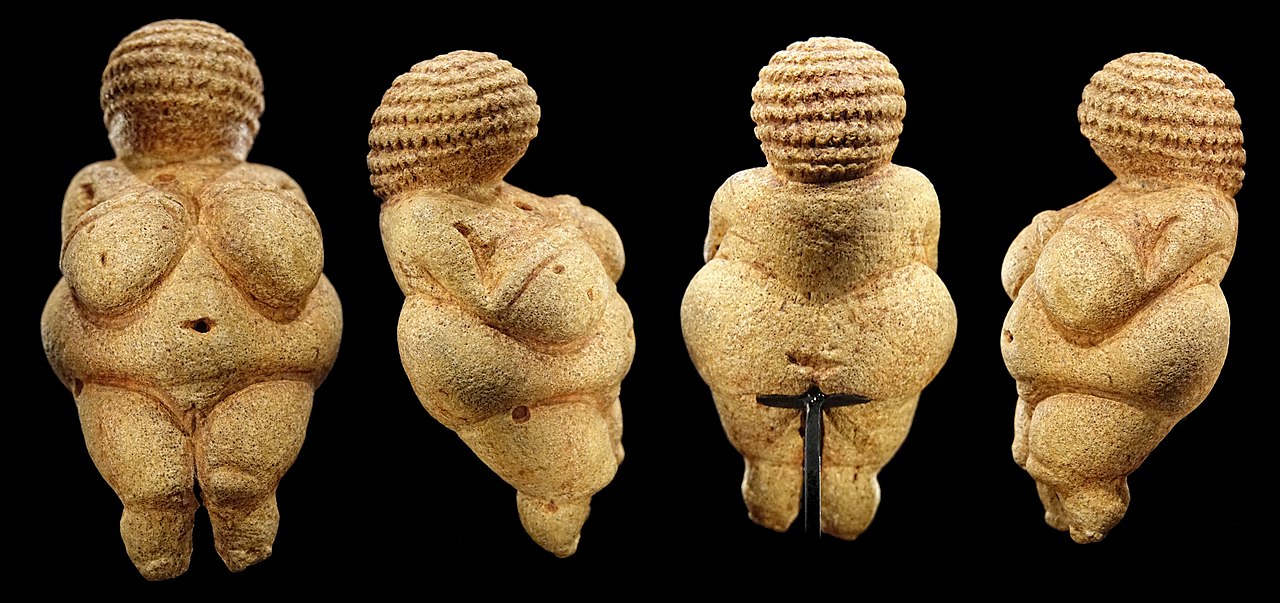The Venus of Willendorf is the most famous archaeological find in Austria. Using X-ray microtomography, the researchers discovered the origin of the material from which the Willendorf Venus is made.
Question Marks around the World-famous Venus
The figurine of Willendorf’s Venus is about 11 cm high. People from the Gravettien culture created the symbol of fertility about 25,000 years ago. The statue from the Late Paleolithic period was discovered in 1908 near Aggsbach in Austria. To this day, it is the most famous archaeological find in this Central European country.

Several question marks surround the prehistoric statue. One of the biggest mysteries was where the oolithic limestone came from, the Willendorf Venus’s material. This rock does not occur anywhere in the wide vicinity of the site. Similar statuettes were traditionally made of bone or ivory. Therefore, the use of limestone is quite exceptional. A multidisciplinary research team of Austrian experts has recently solved this puzzle.
Material Tracing
Using an advanced X-ray microtomography imaging method, the researchers looked inside the Willendorf Venus. They took detailed pictures with a resolution of up to 11.5 micrometers, which revealed the statue’s structure and the rock. Among other things, they discovered a tiny shell of mollusks in the figure, which helped them determine the age of the stone used for the Jurassic period.

The researchers also took similar rocks from several sites in large Central and Southern Europe areas, from France, Germany, and Sicily, to eastern Ukraine. Comparing these samples with the Willendorf Venus rock, they concluded that the oolite used was identical to the stone from northern Italy, from the Garda area.
This discovery sheds new light on Venus itself and the ability of prehistoric people to move around Europe and overcome massive mountains such as the Alps.
Source: https://medienportal.univie.ac.at/presse/aktuellepressemeldungen/detailansicht/artikel/mystery-solved-about-the-origin-of-the-30000-year-old-venus-of-willendorf/, Wikimedia Commons, Ziko van Dijk, CC BY-SA 3.0, University of Vienna, Gerhard Weber, CC0















